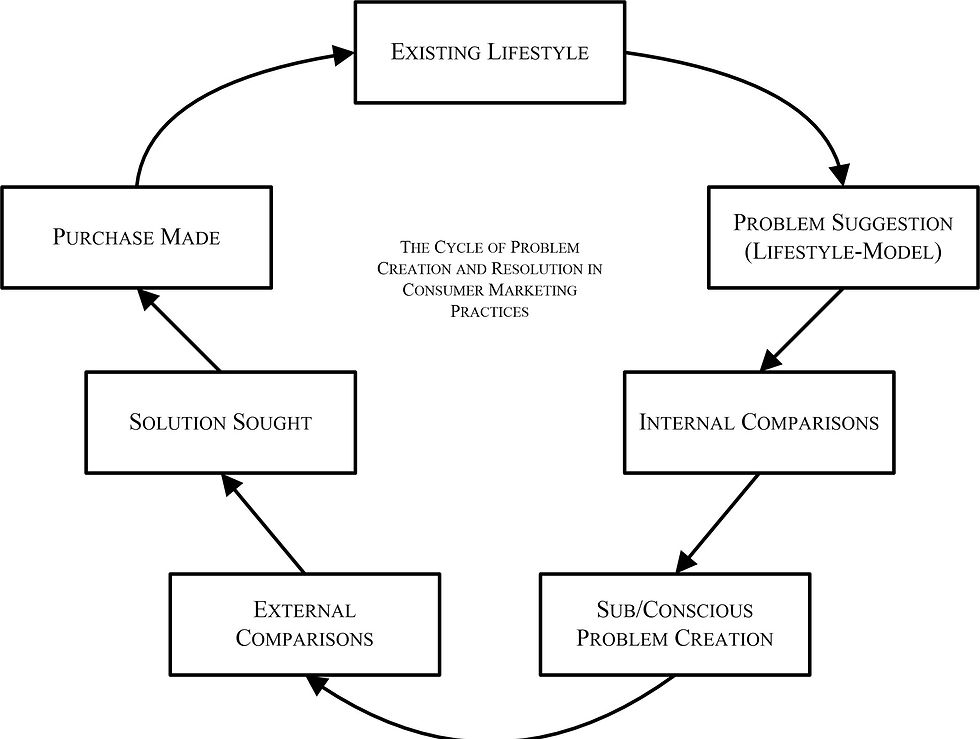Don't Get Lost in the Data Jungle!
- Sarah-Jayne Gratton
- Aug 3, 2018
- 3 min read
Updated: Jul 11, 2019
The data we gather from our IoT journeys should inform and guide us through our next trail of discovery and innovation.

Anyone considering embarking upon their first Internet of Things (IoT) project knows what an overwhelming experience it can be. There’s the endless plethora of opinions and conjecture to wade through, not to mention, the seemingly unending amounts of research out there. It’s hard to see how you can possibly make your way through it all without losing your sanity.
It’s all too easy to get lost in the data jungle and to lose sight of the ‘bigger picture’ in terms of IoT’s potential role in your business. But don’t despair! As a well-heeled traveller through the jungle, I’ve set out a map to help you navigate your way.
Geared around a number of essential questions and pointers, my solution will help you steer your IoT strategy in a direction that will best serve your business and your brand. So, let’s get started!
Identify the Type of Solution
Ask yourself whether you’re looking for an Internal or an External IoT solution. For example, are you seeking to find a way of making your production processes more effective through machine learning, predictive analytics and self-healing?
This application of IoT within industry (known as IIoT) is an example of an internal application and can be incredibly effective in reducing the man-hours spent on maintenance and production line problem solving.
By identifying an Internal application, you can immediately discard a plethora of consumer related research material. Likewise, if you’re looking to develop a consumer-focused IoT product and market it to an external audience, your research path will go in a totally different direction, allowing you to thin out much of your research data accordingly.
Take the Big IoT Leap or Baby Steps?
It’s no good having a ‘finger in the air’ approach to IoT adoption, so this question is a vital one for your business to answer in order to make an IoT transition in line with your available finances and, of course, your expectations. You’ve already defined who it’s for but on what scale are you looking to roll it out?
A number of factors come into play when answering this question and you need to firmly set them down. They centre on the resources you can commit to your project and the associated costs involved in bringing your strategy to fruition. A pilot project in which to experiment, build prototypes, and expand upon as you develop your IoT expertise is a trusted way to test-bed your vision, define your resources and determine exactly how far your finances can stretch.
Sell IoT as a Problem-Solver
I’ve always talked about how great marketers continually create new problems for consumers in order to sell the next killer product. In the same vein, thinking about how life could be made easier through the incorporation of IoT into products, services, and workplace issues is pivotal to moving your IoT strategy in the right direction.

John Rossman, who spent four years launching and then running Amazon’s Marketplace business, talks about the need to ‘obsess’ over the customer experience. “Connected devices and sensors give yet another vehicle to improve the customer (or workplace) experience,” he says. “If it improves the experience, that’s probably enough business rationale to proceed with it. Figure out how to monetize it afterwards.”
How Much Data Do You Really Need?
When it comes to data, I’m a firm believer that less can actually be much more. Think about the information you actually need to extract through your IoT strategy and ask yourself what vital elements you need for future planning and success.
Some data-mongers would say you can never have enough information, but my advice is to start with a few key factors for analysis and expand from there, rather than bombard yourself with a universe full of stats with nowhere to go.
Ultimately, the data you harvest needs to be useful in driving forward your IoT initiative, so keep its streams as relevant as you possibly can.
It’s an Ongoing Journey
A great IoT strategy is one that continues to evolve as time goes by. It continually looks at the bigger picture when considering new avenues of application and it rewards the consumer by fulfilling a need and adding value.
Ultimately, IoT should act as an enabler, empowering your business and those who it serves. The data it garners along the way needn’t overwhelm us but, instead, should be tamed to inform and guide us through our next trail of discovery and innovation.
Comments